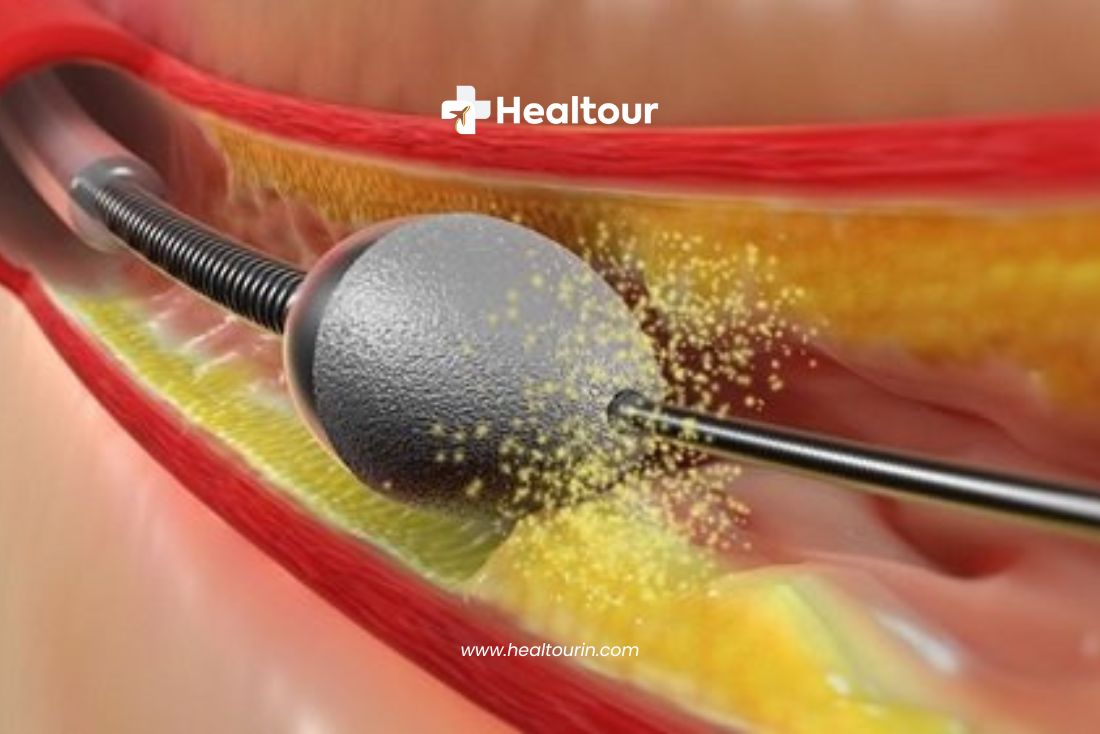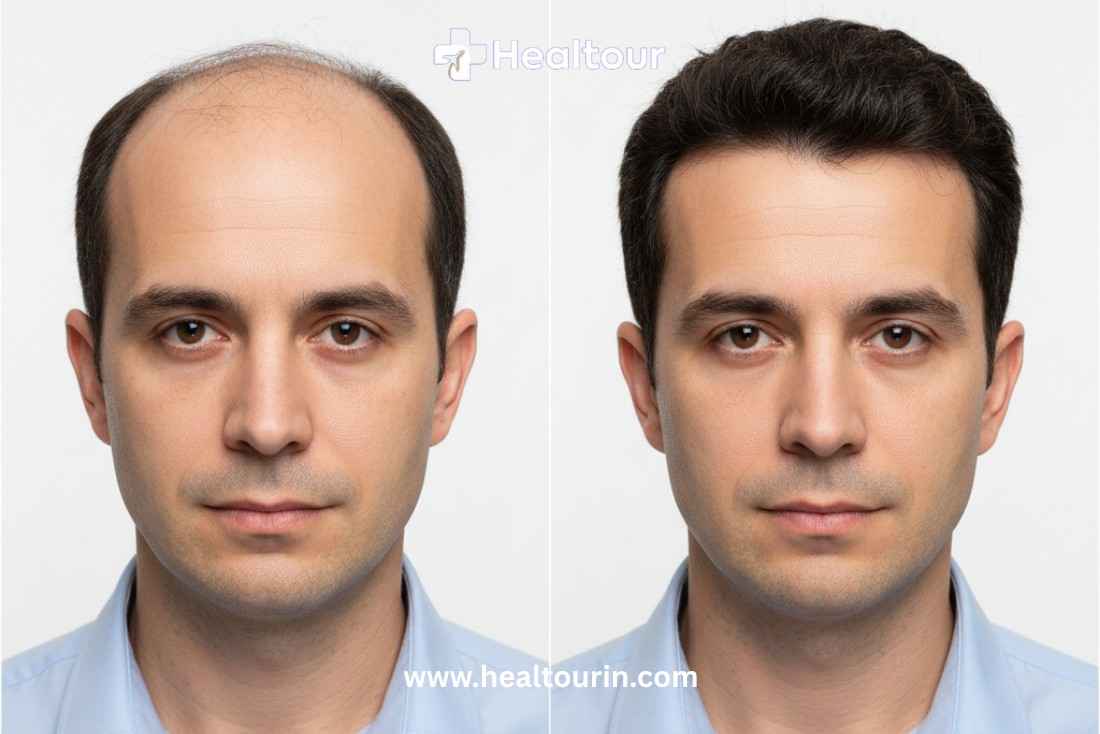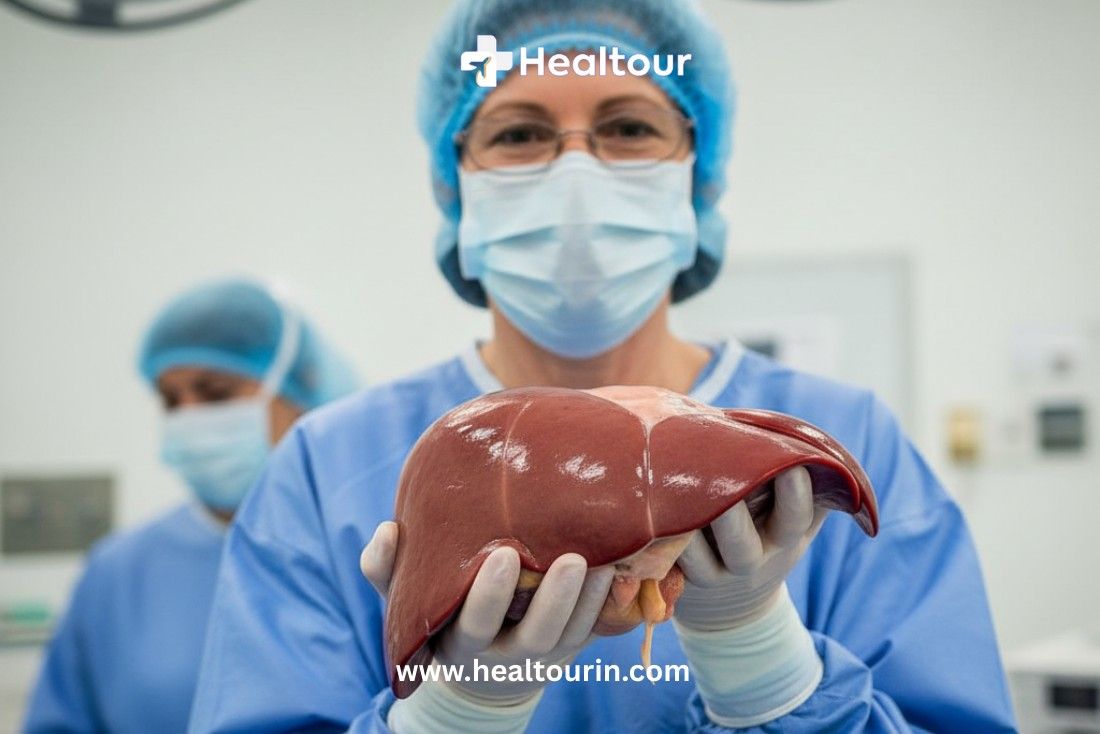
What is Rotablation Angioplasty?
Category: Hypertension 29-10-2024Rotablation Angioplasty, also known as Rotational Atherectomy, is a specialized medical procedure used to treat severely calcified and hardened arteries in the heart. When traditional angioplasty methods are ineffective due to the presence of hard, chalky material inside the blood vessels, rotablation offers a solution by "drilling" through these tough blockages, allowing for the placement of stents to restore proper blood flow.
Why is Rotablation Angioplasty Needed?
In some cases, arteries become so calcified that a standard angioplasty balloon and stent cannot easily pass through the blockage. This is where rotablation comes in. By using a high-speed, diamond-tipped drill, this technique can break through the calcified material, enabling the successful placement of a stent and restoring proper blood flow to the heart.
A 65-year-old patient, for example, was admitted with chest pain and severe breathlessness. After a coronary angiogram, it was discovered that all three major arteries in his heart were blocked, and his heart function was weak. Due to his weakened heart, he was deemed high-risk for open-heart surgery, and rotablation angioplasty became the recommended treatment. This procedure, along with stenting, helped improve his heart's blood supply and relieve his symptoms.
What is Rotational Atherectomy?
Rotational Atherectomy, or rotablation, is a complex coronary intervention technique designed for patients with heavy calcification in their coronary arteries. These hardened arteries often cannot be treated with conventional angioplasty methods.
The key component of this procedure is a diamond-tipped burr that rotates at an incredibly high speed—anywhere from 150,000 to 200,000 rotations per minute. This fast-spinning burr drills through the calcified material inside the arteries, clearing a path so that a balloon and stent can be placed to restore blood flow.
How Does the Procedure Work?
- Preparation: The cardiologist inserts a catheter into the artery and guides it to the blocked coronary artery.
- Rotablation: The diamond-tipped burr is attached to a special catheter and is guided to the site of the blockage. Once in place, the burr rotates at high speed to carefully "drill" through the calcified plaque.
- Stenting: After the artery is sufficiently cleared, a balloon is inflated to open the artery further, and a stent (metal mesh tube) is placed to keep the artery open and ensure proper blood flow.
Risks and Benefits
Though rotablation is more complex and carries slightly higher risks than traditional angioplasty, it is often the best or only option for patients with severe calcification. The risks, however, are minimal when performed by an experienced Interventional Cardiologist.
Benefits include:
- Enhanced ability to treat heavily calcified and hardened arteries.
- Successful placement of stents where traditional methods have failed.
- Improved blood flow to the heart, alleviating symptoms such as chest pain and shortness of breath.
Risks may include:
- Artery perforation or dissection.
- Plaque embolization (where small pieces of the plaque break off and travel to other areas of the body).
- Complications related to the use of larger catheters.
However, in trained hands, the risks remain low, and in many cases, rotablation offers a life-saving treatment when other options are limited.
Conclusion
Rotablation Angioplasty is a cutting-edge technique used to treat complex coronary artery disease, especially in patients with heavily calcified arteries. While it is a more challenging procedure, it provides hope for patients who may not be candidates for traditional angioplasty or open-heart surgery. In the hands of experienced specialists, rotablation can significantly improve heart function and quality of life for patients with severe coronary artery disease.





 Get an Opinion
Get an Opinion
